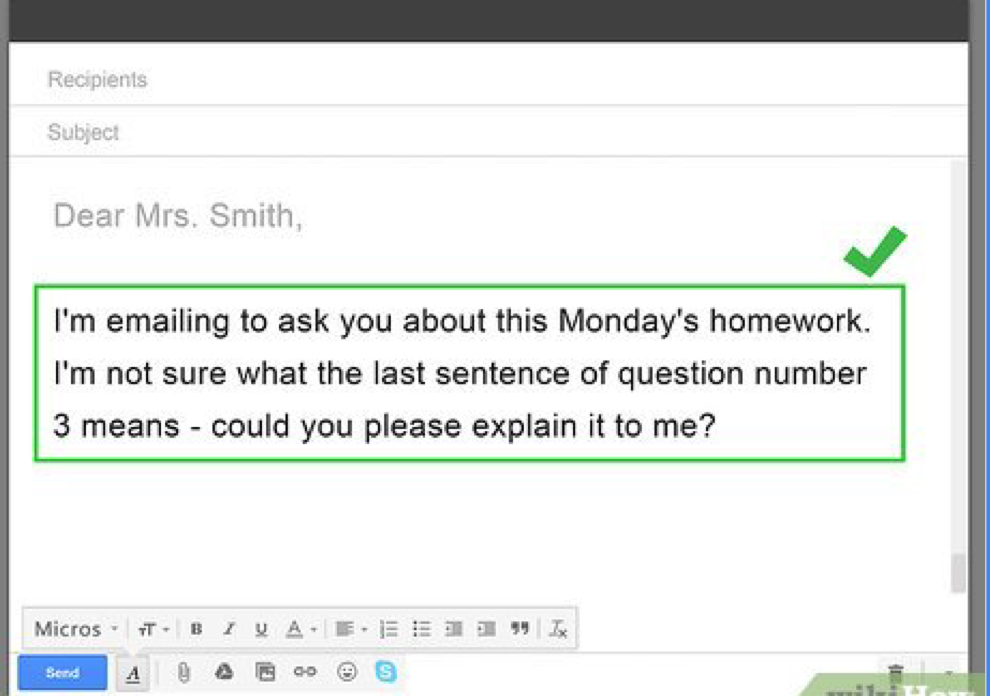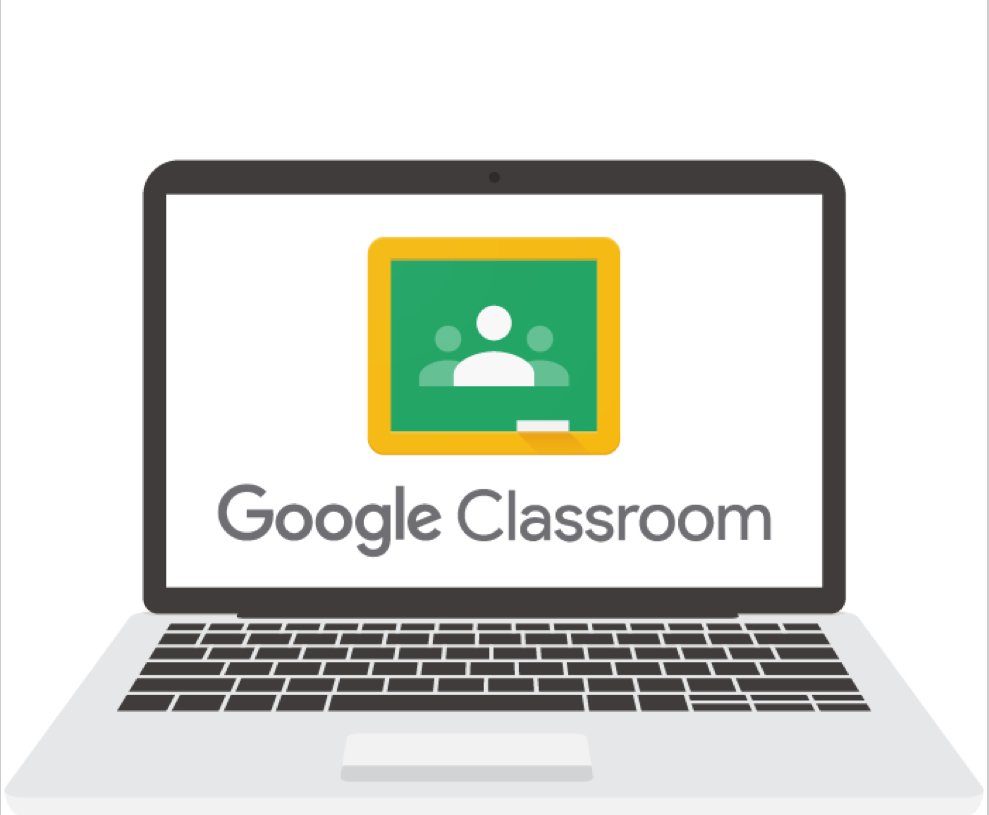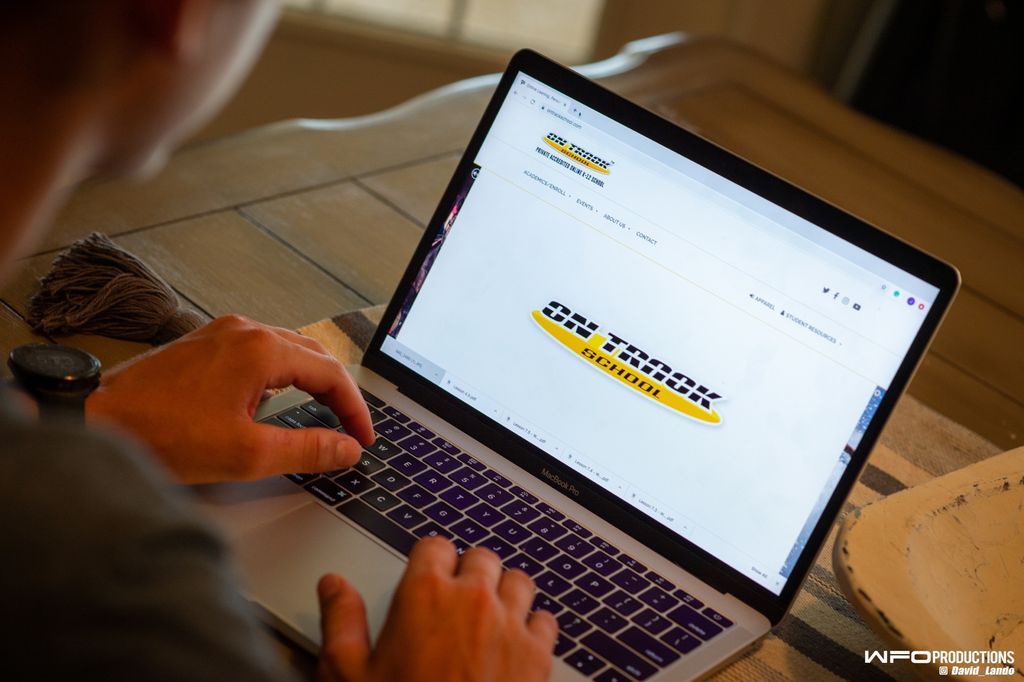Communicating effectively with your online teacher can make a huge difference in your learning experience. In a virtual setting, where you can’t just raise your hand in a classroom, finding the right ways to connect is crucial for building strong relationships and getting the help you need. Let’s dive into some tips for communicating with your teachers and making the most of your online education.
1. Raising Your Hand (Yes, Virtually!)
Even in a virtual setting, you can still “raise your hand.” Whether your classes are live or pre-recorded, teachers often provide ways for students to ask questions. During live sessions, look for the virtual “raise hand” feature, or type your question into the chat box. Don’t be afraid to speak up! If you’re watching a recording, make note of your questions and reach out later via email or chat. Teachers love seeing that you’re engaged and curious, so don’t hesitate to ask for clarification or additional help.

2. Email: Your Go-To Tool for Professional Communication
Email is still one of the most reliable ways to communicate with your teacher. When emailing, keep it professional but friendly. Use a clear subject line like “Question about last week’s lesson” so your teacher knows what to expect. Start with a greeting like “Hi Ms. Smith,” and be polite in your request. Teachers appreciate thoughtful, respectful emails, and responding promptly is usually something they aim to do. Just make sure to avoid sending last-minute emails if you need help with something due the next morning!

3. Text Messages: Quick but Respectful
Some teachers may allow communication through text messages. If this is an option, use it wisely. Texting can be great for quick questions or updates, but it’s important to respect your teacher’s boundaries. Keep messages short, clear, and always be mindful of the time—try not to send texts late at night or too early in the morning. Always follow your teacher’s preferred communication method.
4. Google Chat: Instant Messaging in a School Setting
If your school uses Google Classroom, you might have access to Google Chat. This tool is perfect for real-time questions and quicker responses. It’s less formal than email but still should be used respectfully. Since this is a school-based communication system, keep the conversation on-topic and academic. It’s also helpful to double-check if your teacher prefers this method for urgent questions.
5. Google Classroom Stream: A Hidden Gem for Updates and Clarifications
The Google Classroom stream is where announcements, updates, and conversations happen. It’s a great place to ask general questions that other students might also have. Sometimes teachers post important information here, so regularly checking the stream can keep you in the loop. When posting a question or comment, be clear and concise, and always read through previous posts to avoid asking something that’s already been answered.

6. Newsletters: Don’t Skip Them!
Newsletters may not feel like direct communication, but they’re packed with useful information. Many teachers send regular updates through newsletters that include important dates, resources, and tips for success. Make it a habit to read them, and if you have any follow-up questions, feel free to reach out to your teacher via email or chat.
7. Social Media: Instagram, Facebook, and Facebook Groups
In today’s digital world, teachers and schools often use social media to share updates and engage with students. Follow your school or teacher’s official accounts on Instagram and Facebook to stay updated on important information or upcoming events. If there’s a Facebook group for your class, this can be a great place to connect with your peers and ask questions in a more informal setting. Just remember to keep your tone respectful and on-topic, as these platforms are still school-related.
Final Thoughts
Strong communication with your online teacher helps you stay on track, builds trust, and enhances your learning experience. Whether you’re raising your virtual hand, sending a quick email, or chatting through Google Classroom, keep things respectful, clear, and timely. Effective communication goes both ways, and when done right, it can make your virtual learning experience smoother and more rewarding. So don’t hesitate—reach out and start building those connections!


